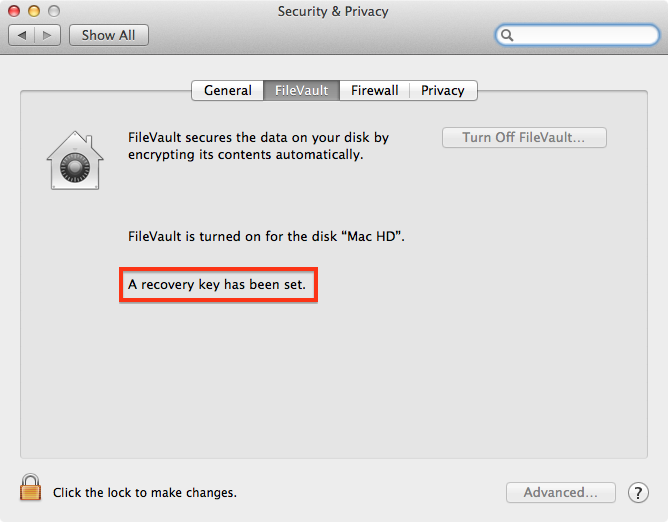

Streamlining the solutionĪDSelfService Plus' macOS login agent enables the implementation of a self-service password reset portal and machine login MFA tool. ADSelfService Plus also offers MFA for macOS domain logins, securing user access to macOS devices. This solution provides macOS users a self-service web portal to manage their own passwords and accounts, without depending on the IT team, reducing administrative time spent on repetitive requests. To solve this issue, organizations can now adopt a self-service password management and multi-factor authentication (MFA) solution, such as ADSelfService Plus. This means the IT teams of these organizations are forced to spend a lot of time handling repetitive tickets. Due to this overall influx, the amount of Active Directory (AD) password reset requests for macOS devices has grown exponentially as well. Organizations today increasingly deploy macOS devices. Self-service password management tool for macOS users AD Free Tools Active Directory FREE Tools.AD360 Integrated Identity & Access Management.RecoveryManager Plus Enterprise backup and recovery tool.

DataSecurity Plus File server auditing & data discovery.M365 Manager Plus Microsoft 365 Management & Reporting Tool.EventLog Analyzer Real-time Log Analysis & Reporting.Exchange Reporter Plus Exchange Server Auditing & Reporting.ADAudit Plus Real-time Active Directory Auditing and UBA.ADManager Plus Active Directory Management & Reporting.Universal Password Policy Enforcer for Cloud Apps.Active Directory Multi Factor Authentication.Windows Logon Two-factor Authentication.Password Self-Service from Logon Screen.It might help if you posted the exact command entered and error messages via cut and paste.

I can definitively say that under that version of OS X, if everything is working correctly, entering the above command (with the user short name substituted) should not give an "Invalid Path" error if the user exists (assuming this is a local account on a stand-alone machine), and should not prompt for "New Password" whether the path is valid or not. I see that you have updated your profile to 10.4.10. I believe it is possible to really prevent someone from changing their password through "NetInfo", by setting password policy options. If I recall, the "Parental Controls" only removes access to the checkbox in the "Accounts" pref pane for the managed user.


 0 kommentar(er)
0 kommentar(er)
